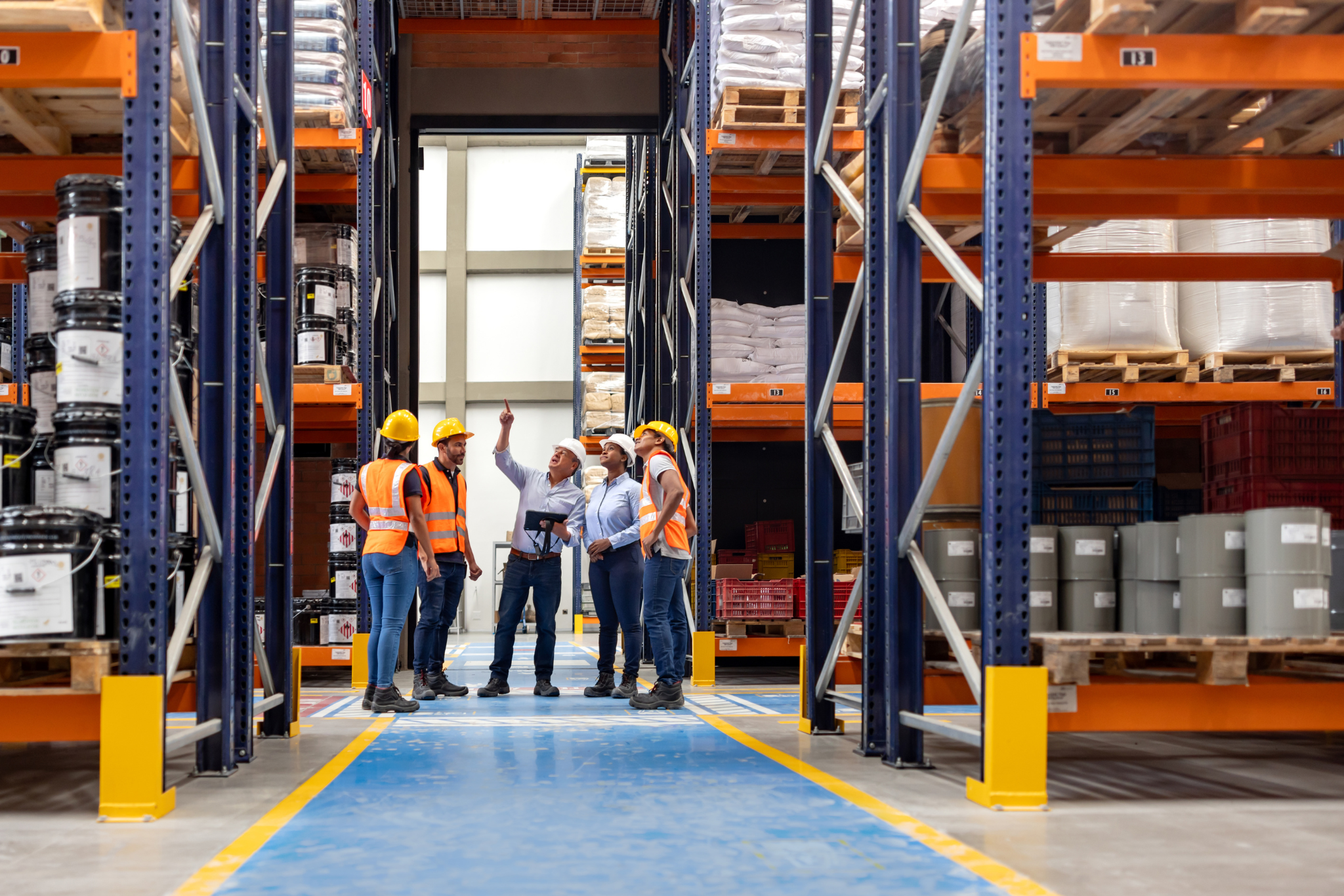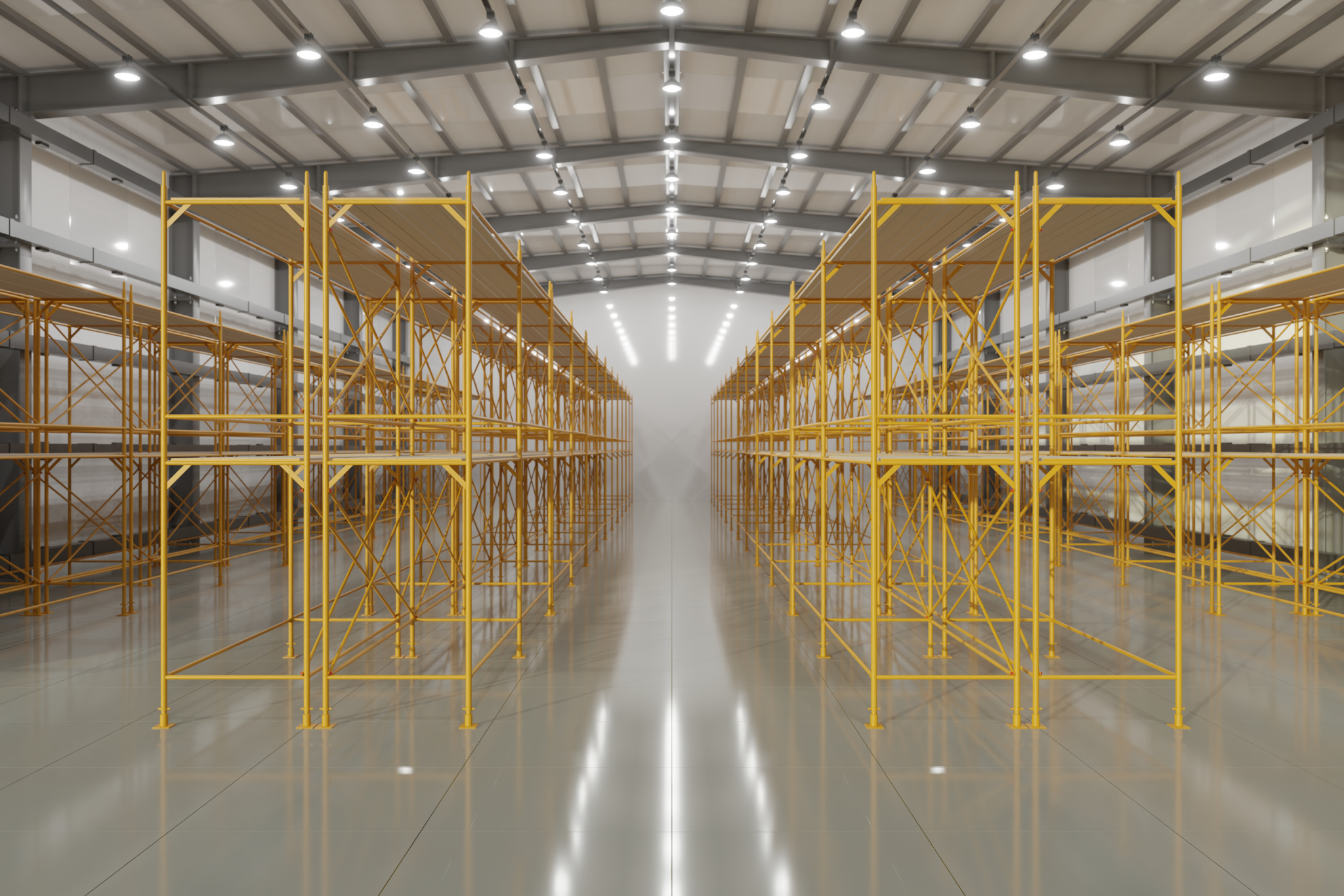As automation reshapes modern logistics, warehouse safety is entering a new era. Once centered on manual procedures and physical safeguards, safety today is powered by technology, from automation safety systems and intelligent sensors to predictive monitoring and ergonomic design.

As automation reshapes modern logistics, warehouse safety is entering a new era. Once centered on manual procedures and physical safeguards, safety today is powered by technology, from automation safety systems and intelligent sensors to predictive monitoring and ergonomic design.
The goal isn’t just to reduce injuries; it’s to build smarter, safer, and more resilient warehouse environments where people and machines work together seamlessly.
From Hard Hats to High-Tech: How Warehouse Safety Is Changing
In the past, warehouse safety focused primarily on physical risk prevention — guardrails, safety signage, and PPE. While those remain essential, automation has introduced both new challenges and powerful new tools.
Automated systems bring precision and consistency that humans alone can’t match. But they also require new approaches to managing movement, interaction, and energy within the warehouse space.
As robotics, conveyors, and autonomous vehicles take on more tasks, safety practices have evolved from reactionary to proactive, driven by real-time data and intelligent design rather than static rules and manual oversight.
How Automation Enhances Warehouse Safety
Contrary to old fears that robots would replace people, automation has actually made workplaces safer and more sustainable for employees. Here’s how technology is transforming warehouse safety:
1. Smart Sensors and Real-Time Monitoring
Sensors embedded in conveyors, robotic arms, and Autonomous Mobile Robots (AMRs) constantly monitor for unsafe conditions, from human proximity to temperature fluctuations. These systems automatically slow or stop operations if a person enters a restricted zone, preventing accidents before they happen.
Advanced automation safety systems even detect patterns of near misses, helping managers predict risks before they lead to incidents.
2. Ergonomic Workstation Design
Automation allows warehouses to rethink the physical layout of workstations. Collaborative robots (“cobots”) handle repetitive or strenuous lifting, while ergonomic setups ensure workers maintain safe postures and minimize strain.
This not only reduces injuries but also improves productivity and morale, employees can focus on precision and problem-solving rather than heavy labor.
3. Data-Driven Risk Management
Modern warehouses collect massive amounts of operational data. When analyzed through safety analytics tools, this data helps identify risk patterns — such as bottlenecks, overused routes, or equipment that needs maintenance.
Predictive maintenance systems can schedule repairs automatically before breakdowns cause hazardous situations.
By integrating data from WMS, IoT sensors, and automation platforms, warehouse managers can achieve 360-degree visibility into both operational performance and safety compliance.
4. Intelligent Traffic Flow and Equipment Coordination
In mixed environments where humans and robots share the floor, coordination is key.
Smart routing software enables AMRs to dynamically adjust their paths to avoid congestion and human zones. Meanwhile, visual alerts and wearable tech notify workers when a vehicle or machine is nearby.
This seamless communication reduces collisions, confusion, and downtime — enhancing both safety and efficiency.
5. Training for a Human-Technology Partnership
Even the most advanced technology can’t replace a strong safety culture. Modern safety programs focus on training employees to work confidently alongside automation, understanding machine signals, responding to alerts, and using data to improve daily decision-making.
Continuous training ensures workers remain engaged, informed, and capable of adapting to new safety technologies as they evolve.
The Business Impact of a Safer, Smarter Warehouse
Enhanced warehouse safety isn’t just a compliance requirement, it’s a competitive advantage. Companies that invest in advanced safety systems and automation experience:
- Reduced downtime and injury-related costs
- Higher employee retention and job satisfaction
- Improved equipment uptime through proactive maintenance
- Fewer operational disruptions during peak periods
A safer warehouse is also a more reliable one and reliability drives customer trust, delivery speed, and long-term profitability.
Building Safety into Every Step with Tompkins Solutions
At Tompkins Solutions, we believe safety and innovation go hand in hand. Our approach to warehouse automation and design prioritizes human-centered engineering, ensuring that every system enhances, not compromises, worker safety.
From automated material handling to intelligent facility layouts, Tompkins Solutions helps organizations integrate safety into every layer of their operations. We work closely with clients to implement solutions that protect employees, improve uptime, and deliver measurable ROI.
Whether you’re adding AMRs, upgrading conveyors, or designing a fully automated facility, our experts ensure your transformation is both productive and safe.
A New Standard for Safety and Success
The future of warehouse safety is smart, connected, and collaborative. By combining automation with real-time visibility, predictive analytics, and ergonomic design, organizations can achieve the best of both worlds, high performance and a safer, more empowered workforce.
As automation continues to evolve, so will the standards of protection and care that define world-class warehouse operations.
Ready to build a safer, smarter warehouse? Partner with Tompkins Solutions to design automation strategies that put safety, innovation, and efficiency at the center of your success.
Visit Tompkins Solutions to learn more.
How can we help improve your supply chain operations?
Schedule a consultation or contact Tompkins Solutions for more information.

Featured Posts
Discover valuable resources to enhance your knowledge.





